What is El Capitan? And what makes it so special?
We reveal what makes El Capitan, Yosemite National Park's prize rock face so special, and find out how to get to the top
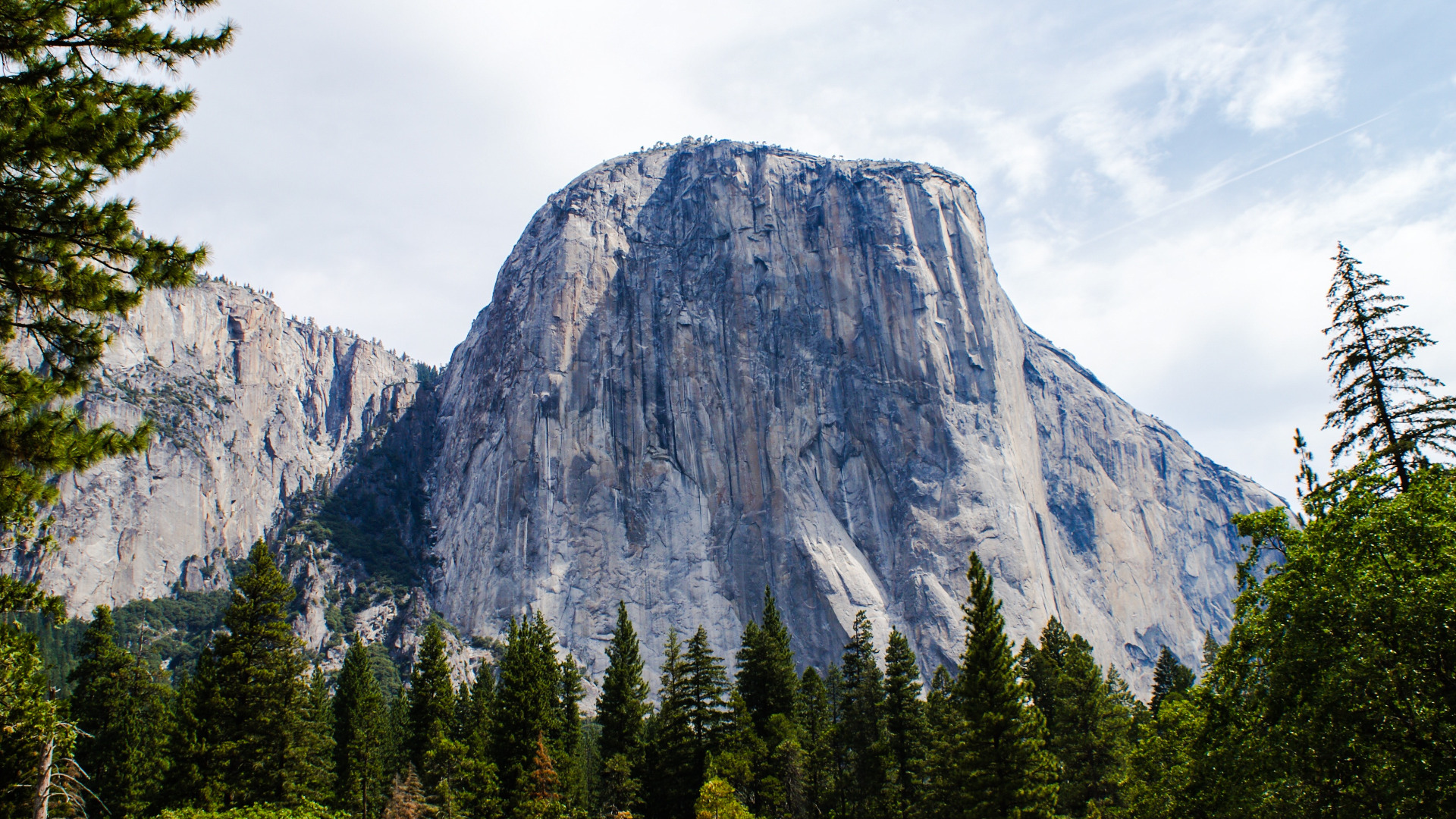
Yosemite Valley and its famous El Capitan have long been at the centre of the rock climbing universe. However, in recent years, the gigantic rock formation has found its way into the general public's consciousness thanks, in part, to free soloist Alex Honnold's incredible 2017 ascent of the Freerider route and the resulting film, 2018's Free Solo, which became a global sensation and won the Oscar for best documentary.
Unless you've been living under a rock (probably a smaller one than El Cap), you'll know the premise. It's the tale of Honnold's attempt to scale the huge southwest face in the free solo style, without ropes and traditional climbing aids. If you haven't yet seen it, you definitely should.
If you're still unfamiliar, never fear. Our Yosemite expert is here to reveal all about what El Capitan is and what makes it so special, delving into its history and revealing whether or not you can hike up it.
What is El Capitan?
El Capitan is gigantic, vertical rock formation in Yosemite National Park and is world-famous as a destination for big wall climbing.
It's basically a big old hunk of granite. And by big, we mean really, really big. This iconic landmark in Yosemite National Park rises 3,600ft straight up from the valley floor and, like many of the park’s rock formations, was formed by glacial erosion about one hundred million years ago.
Standing at the height of three Empire State Buildings all stacked one on top of the other, this monolith not only towers over the Merced River and surrounding valley, it's also an impressive half-mile wide.
The name “El Capitan” means “the captain” or “chief” in Spanish and it's a loose translation of the indigenous Ahwahneechee names for the cliff.
Advnture Newsletter
All the latest inspiration, tips and guides to help you plan your next Advnture!
Meet the expert

Julia is an expert on outdoor pursuits and gear. These days, she's based back in her native Scotland, though she spent over a decade living in the US, where she developed a deep love for the American outdoors. A keen climber, she's visited Yosemite National Park on numerous occasions and is in awe of El Capitan every time she sees it.
Today's best deals
What is so special about El Capitan?
- El Capitan is the largest exposed granite rock face in the world
- You need binoculars to spot climbers scaling the face
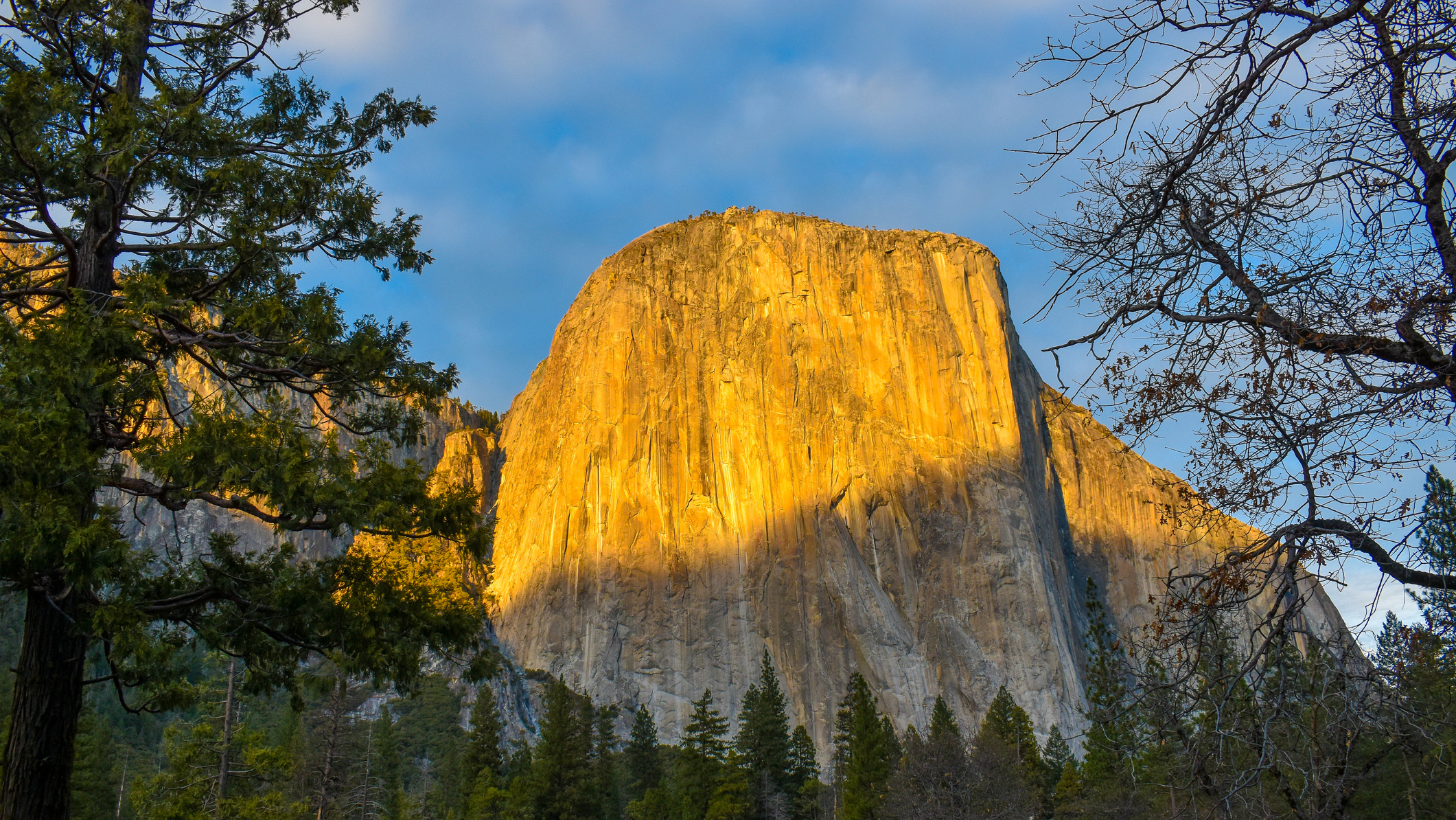
It’s impossible to really comprehend its sheer magnitude through pictures.
Julia Clarke, Yosemite aficionado
As we’ve already established, El Capitan is ginormous. You really only need to stand out in El Cap Meadow under the hulking presence of El Capitan to understand what’s so special about it. Though you think you might have a handle on it, it’s impossible to really comprehend its sheer magnitude through pictures, but for now, know that it is the largest exposed granite face in the world. Even up close, you’ll need binoculars to spot climbers on the wall because they appear like tiny ants against the behemoth backdrop.
This distinctive cliff face looks incredibly dramatic whether the weather is clear or stormy, and is also famous for producing unique light effects such as the Horsetail Firefall, where sunlight filters through a small waterfall creating a fire-like effect.
Big wall climbing
- The first person to climb El Capitan was Warren Harding
- One of the best known routes is the Dawn Wall, subject of a 2017 film
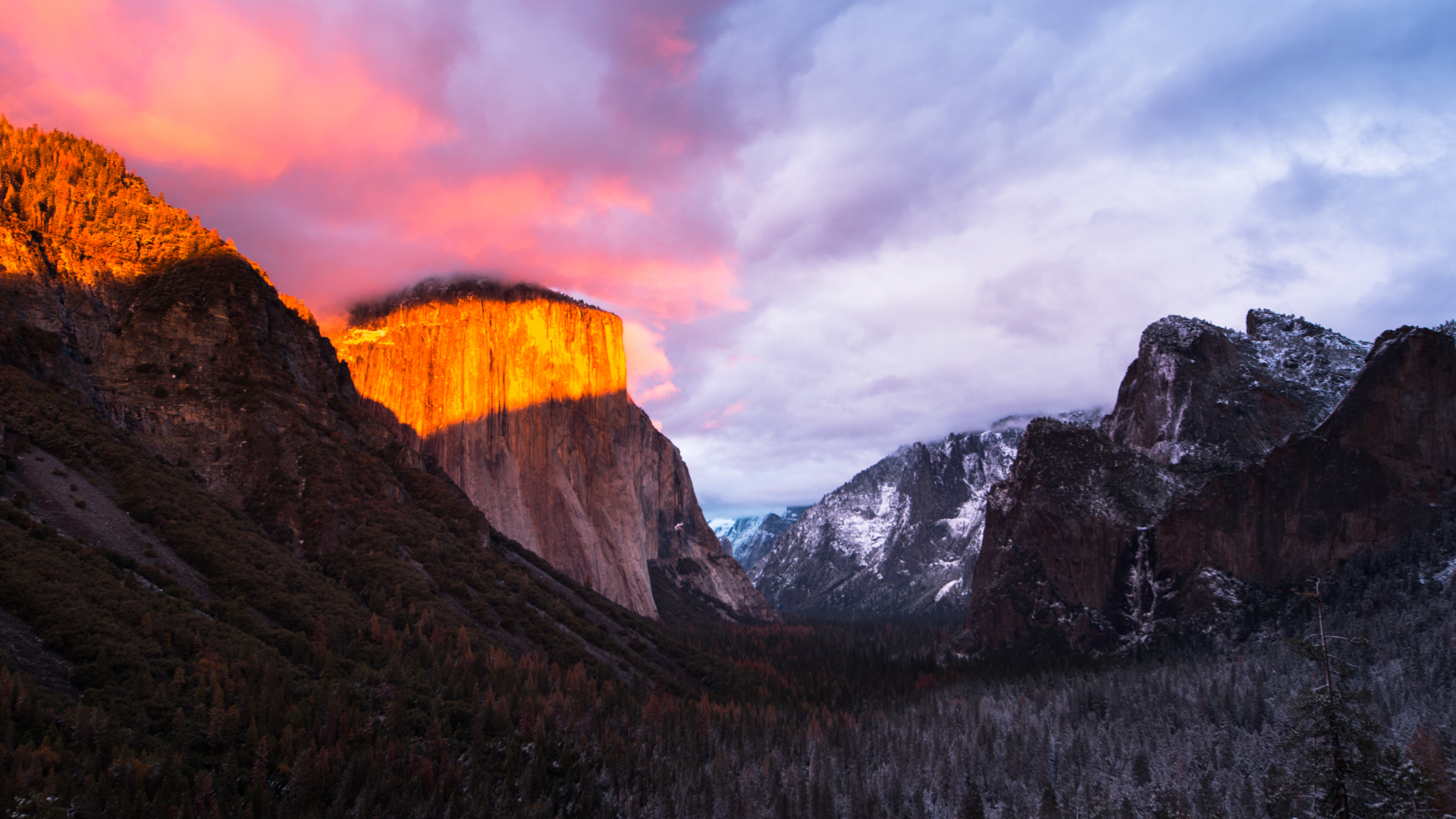
El Capitan has long featured in legends of the Ahwahnechee tribes who are native to the valley, but in more recent times it has captured the imagination of big wall climbers seeking to solve the seemingly impossible puzzle of how to scale its vertical walls.
The first person to achieve this feat was Warren Harding, who took 45 days over the course of more than a year to drill bolts and attach ropes to establish the first route to the top. Today, more than 70 free climbing routes exist for those who want to trad climb El Capitan, a tremendous feat that usually takes between four and six days to complete, and involves sleeping in your harness on the side of the cliff. One of the best-known climbing routes is the notorious Dawn Wall, the subject of the 2017 film (one of our best 10 climbing films selection too), on the southeast face.
Is El Capitan considered a mountain?
- El Capitan certainly fits the criteria for being a mountain
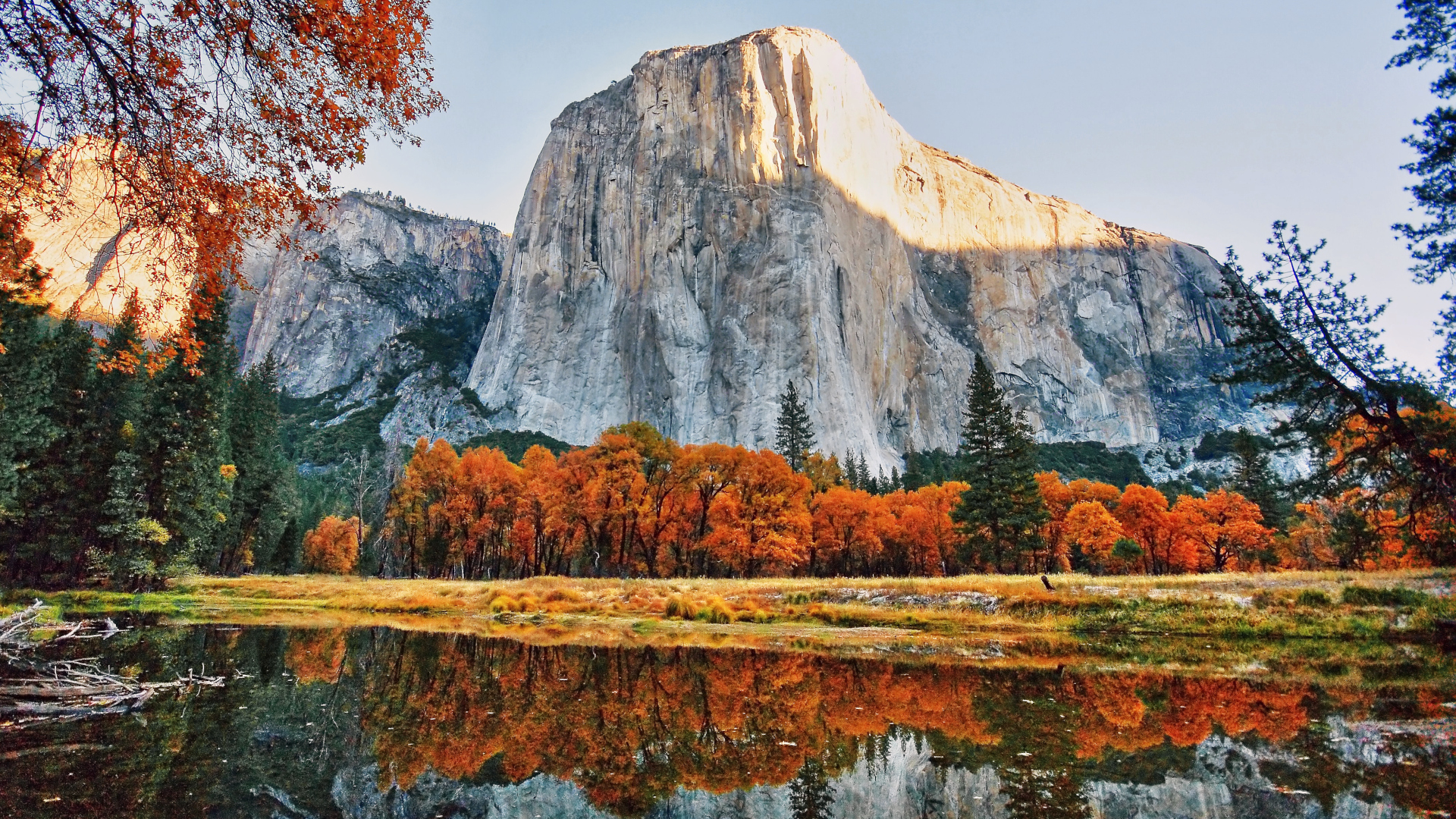
Yes, according to Britannica, El Capitan is considered a mountain in the Sierra Nevada Range. Its elevation is 7,573ft above sea level and it has a topographic elevation 1.5 miles, which is part of the reason why its appearance is so striking.
We're often asked when does something become a mountain. El Capitan definitely fits our criteria!
Who has free soloed El Cap?
- Only Alex Honnold has successfully free soloed the El Cap from bottom to top
- Other notable climbs include Tommy Caldwell and Kevin Jorgeson's Dawn Wall ascent
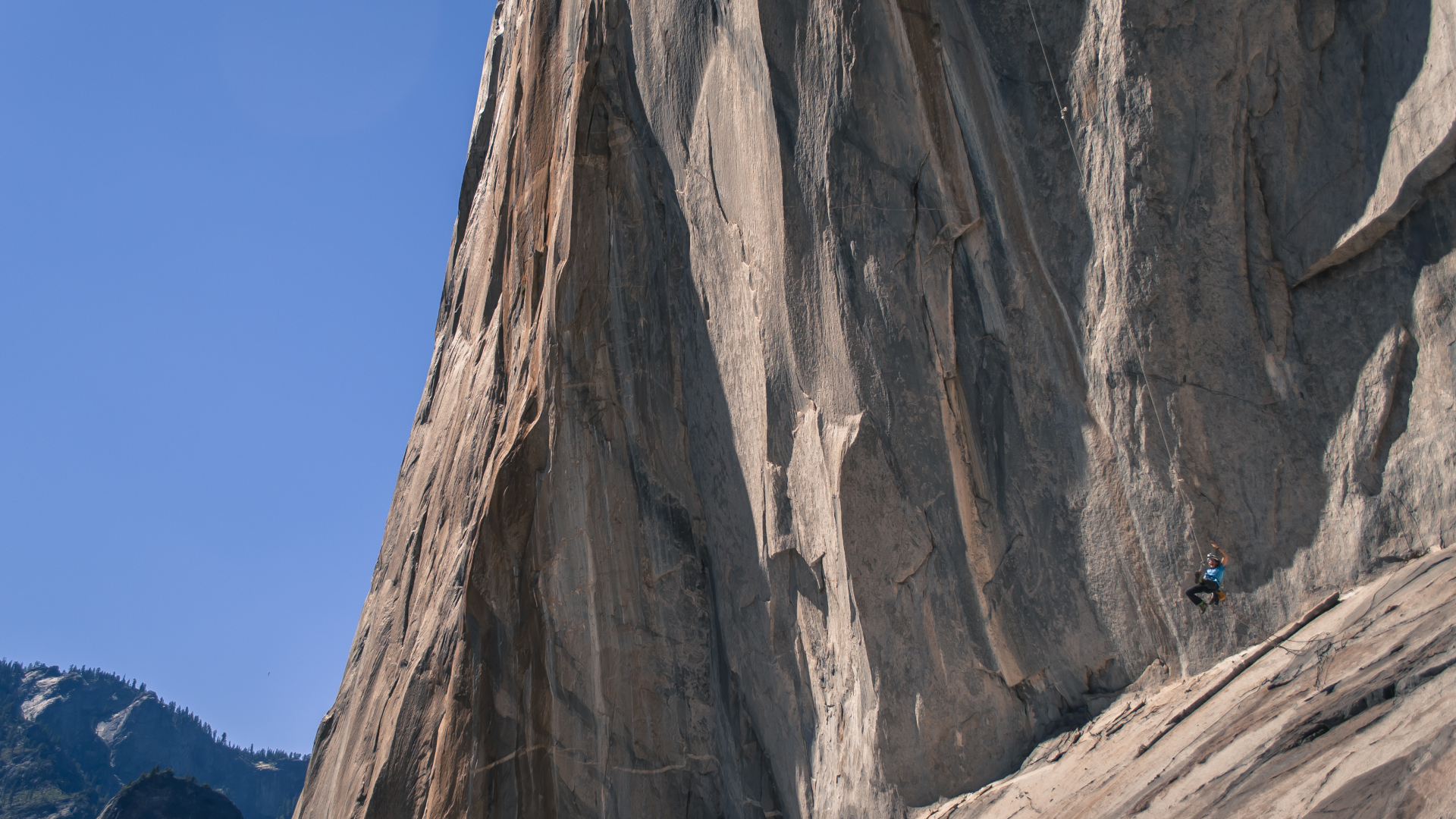
While quite a few hardy climbers have now free climbed El Capitan, only one person has free soloed El Cap at the time of writing this article. On June 3, 2017, Yosemite climber Alex Honnold climbed El Cap via the Freerider line without the use of ropes or any other protective equipment in three hours and 56 minutes. This exhilarating accomplishment was captured by filmmaker Jimmy Chin and documented in the must-watch movie Free Solo, which is at the top of our list of best climbing films. Seriously, even if you’re not a climber, go and watch this film right now.
Other notable climbs include:
- Ray Jardine and Bill Price’s first free climb of El Cap, via The West Face route, in 1979
- Lin Hill’s first ascent of The Nose in 1993
- Tommy Caldwell and Kevin Jorgeson’s first ascent of the Dawn Wall, using ropes, which took 19 days to complete
- Alex Honnold’s 70-year-old mother becoming the oldest woman to climb El Capitan, via the Lurking Fear route, in 2021
Can you hike El Capitan?
- There are several hiking routes to the top of El Capitan
- All are long and strenuous
- They're usually tackled as an overnight backpacking trip
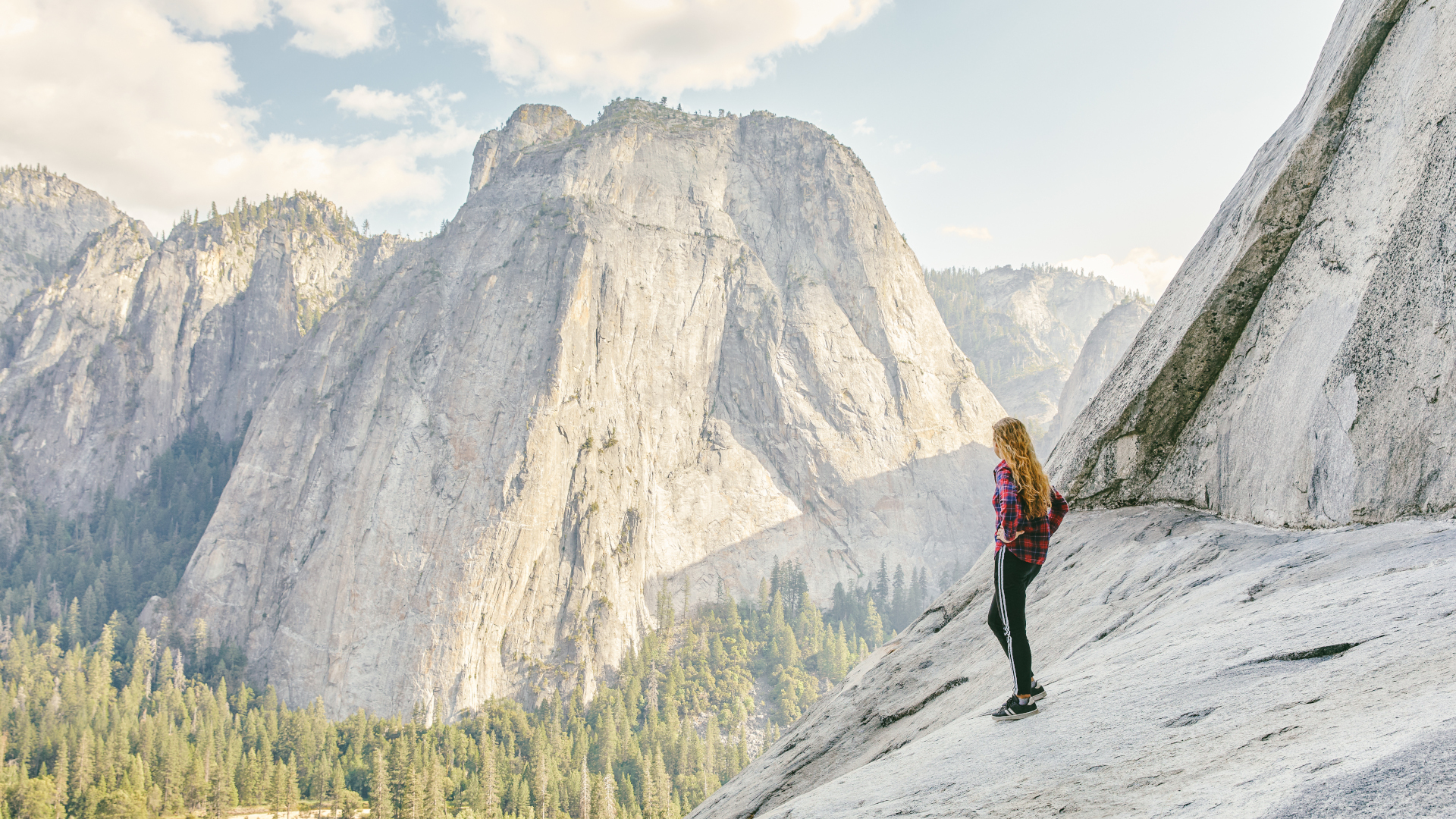
El Capitan is certainly best known as being a mecca for big wall climbers and it’s home to some of the most difficult climbing routes on the planet, but does that mean you have to don climbing shoes and a harness to get to the top? Not at all. You can definitely get to the summit of El Capitan in hiking boots, but be warned – this is no casual day hike.
There are several hiking routes to the top of El Capitan, all long and strenuous. The route from the Tamarack Creek trailhead is 16.6 miles roundtrip, while leaving from the Old Big Oak Flat Trailhead is a similar length and the route from the Yosemite Falls trail involves a 12.8-mile journey and is the most popular – and therefore most crowded – approach. For this reason, the hike is usually tackled as an overnight backpacking trip. Camping in US National Parks is a wonderful way to experience our most glorious landscapes and pitching up in Yosemite is always an unforgettable experience.
Julia Clarke is a staff writer for Advnture.com and the author of the book Restorative Yoga for Beginners. She loves to explore mountains on foot, bike, skis and belay and then recover on the the yoga mat. Julia graduated with a degree in journalism in 2004 and spent eight years working as a radio presenter in Kansas City, Vermont, Boston and New York City before discovering the joys of the Rocky Mountains. She then detoured west to Colorado and enjoyed 11 years teaching yoga in Vail before returning to her hometown of Glasgow, Scotland in 2020 to focus on family and writing.

